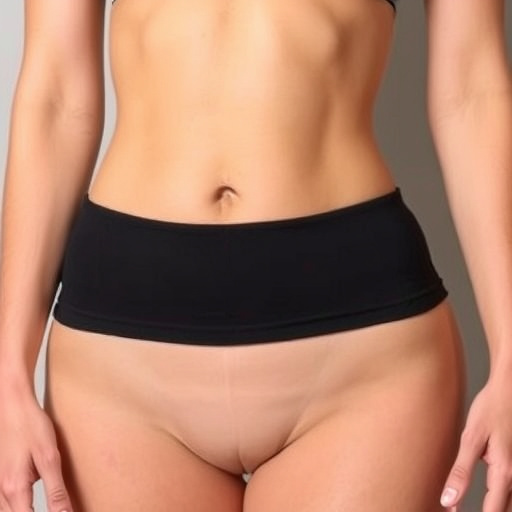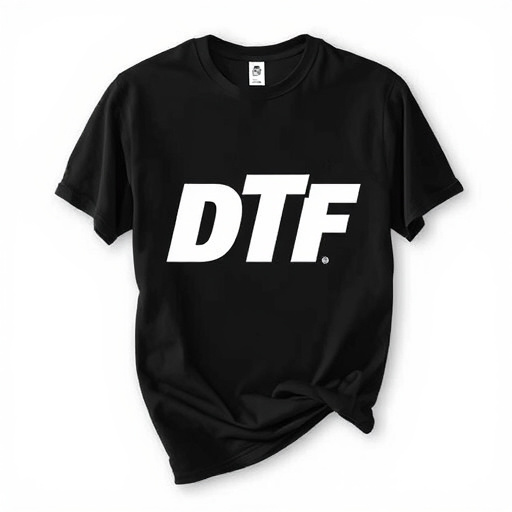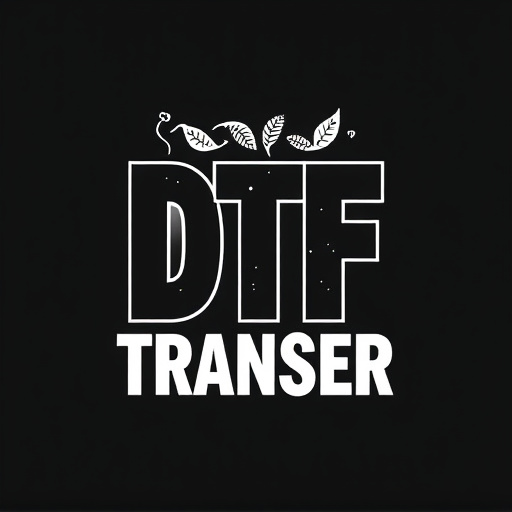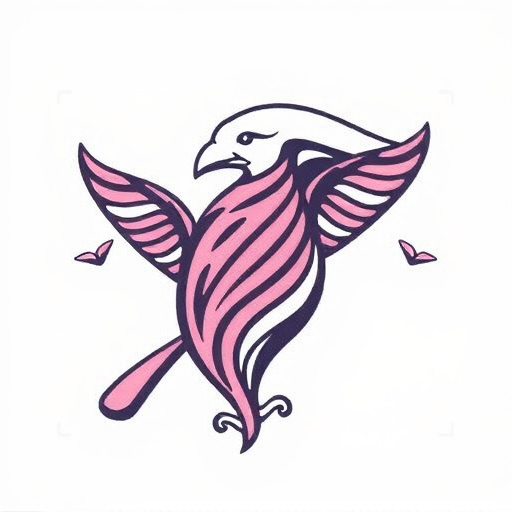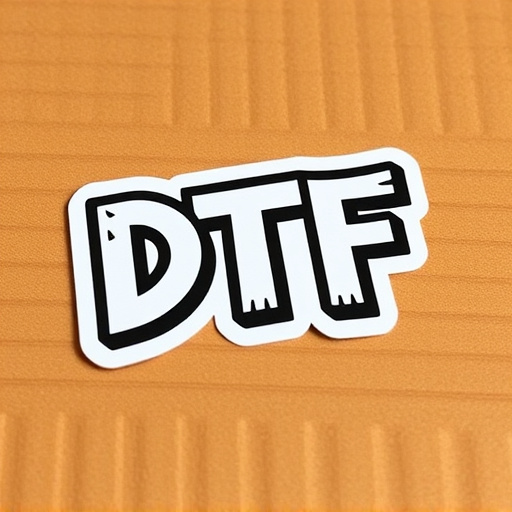DTF (Direct to Fabric) Printing Services revolutionize custom tee and clothing production with unparalleled quality and versatility, allowing intricate designs on various fabrics. Automating the ordering process for these services streamlines operations, reduces errors, saves time, and ensures consistent high-quality outputs. DTF technology, using specialized ink that bonds strongly to fabric fibers, enables vibrant prints and efficient cold peel transfers, ideal for small batches, prototyping, and mass markets. Automation enhances customer satisfaction by accelerating turnaround times, minimizing waste, and freeing businesses to focus on innovation and creativity.
Automating the ordering process for Direct to Fabric (DTF) printing services can significantly enhance efficiency, reduce errors, and improve customer satisfaction. This article guides you through understanding DTF printing services, identifying automation needs, implementing seamless order flow strategies, and optimizing post-automation processes. By choosing the right software, streamlining interfaces, integrating with printers, and establishing robust quality control and inventory management systems, you can revolutionize your DTF printing service ordering process.
- Understanding DTF Printing Services and Automation Needs
- – Definition of Direct to Fabric (DTF) Printing Services
- – Benefits of Automating the Ordering Process
Understanding DTF Printing Services and Automation Needs

DTF (Direct to Fabric) Printing Services have revolutionized the way custom graphic tees and clothing items are produced. This modern printing technique allows for precise, vibrant designs directly onto various fabrics, offering unparalleled quality and versatility. Automating the ordering process for DTF Printing Services is a strategic move for businesses aiming to streamline their operations and cater to growing customer demands efficiently.
By understanding the unique requirements of DTF printing, automation can be tailored to meet specific needs. Automated systems can handle everything from design input and material selection (including choosing the right dtf heat transfer paper) to order processing and production scheduling. This not only saves time but also reduces human error, ensuring a consistent and high-quality output for every order, whether it’s for custom graphic tees or other fabric items.
– Definition of Direct to Fabric (DTF) Printing Services
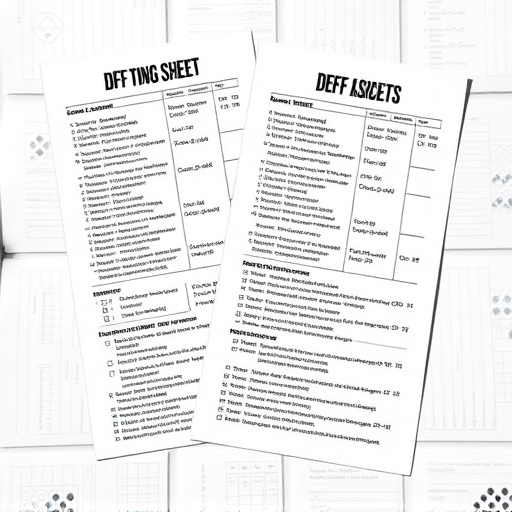
Direct to Fabric (DTF) Printing Services refers to a cutting-edge technology that allows for direct printing onto fabric surfaces without the need for intermediate screens or plates. This innovative process has revolutionized the textile industry, enabling businesses and designers to create custom prints on a variety of fabrics with remarkable ease and efficiency. With DTF printing, intricate designs and vibrant colors can be achieved, making it an ideal choice for small batch production, prototyping, and even mass-market applications.
DTF printers use special ink that bonds directly to the fabric fibers, resulting in durable and high-quality prints. One of its key advantages is the ability to print on light fabrics like cotton, polyester, and linen, ensuring a soft hand feel and excellent color fastness. Moreover, cold peel DTF transfers offer an added benefit by allowing for easy application and removal, making it perfect for creating custom t-shirts, tote bags, and other textile products with minimal effort and waste.
– Benefits of Automating the Ordering Process

Automating the ordering process for DTF Printing Services brings a multitude of benefits, streamlining operations and enhancing customer satisfaction. By implementing efficient automation, businesses can significantly reduce manual effort and potential errors associated with traditional ordering methods. This technological advancement allows for a seamless experience from initial design to final product, ensuring that every step is executed accurately and promptly.
Moreover, automation enables businesses to offer faster turnaround times, catering to the demands of modern consumers who expect quick service. Custom DTF transfers, in particular, benefit from this process, as automated systems can easily manage the complexity of designing and printing unique patterns on various materials, including t-shirts. Automating ordering not only improves productivity but also allows businesses to focus their resources on innovation, creativity, and providing exceptional customer service.
By automating the ordering process for DTF Printing Services, businesses can significantly streamline their operations. This method enhances efficiency, reduces human error, and allows for faster turnaround times, ultimately benefiting both the service provider and their clients. Implementing automated systems to manage DTF printing orders is a strategic move towards modernizing the industry and meeting the demands of today’s fast-paced market.

